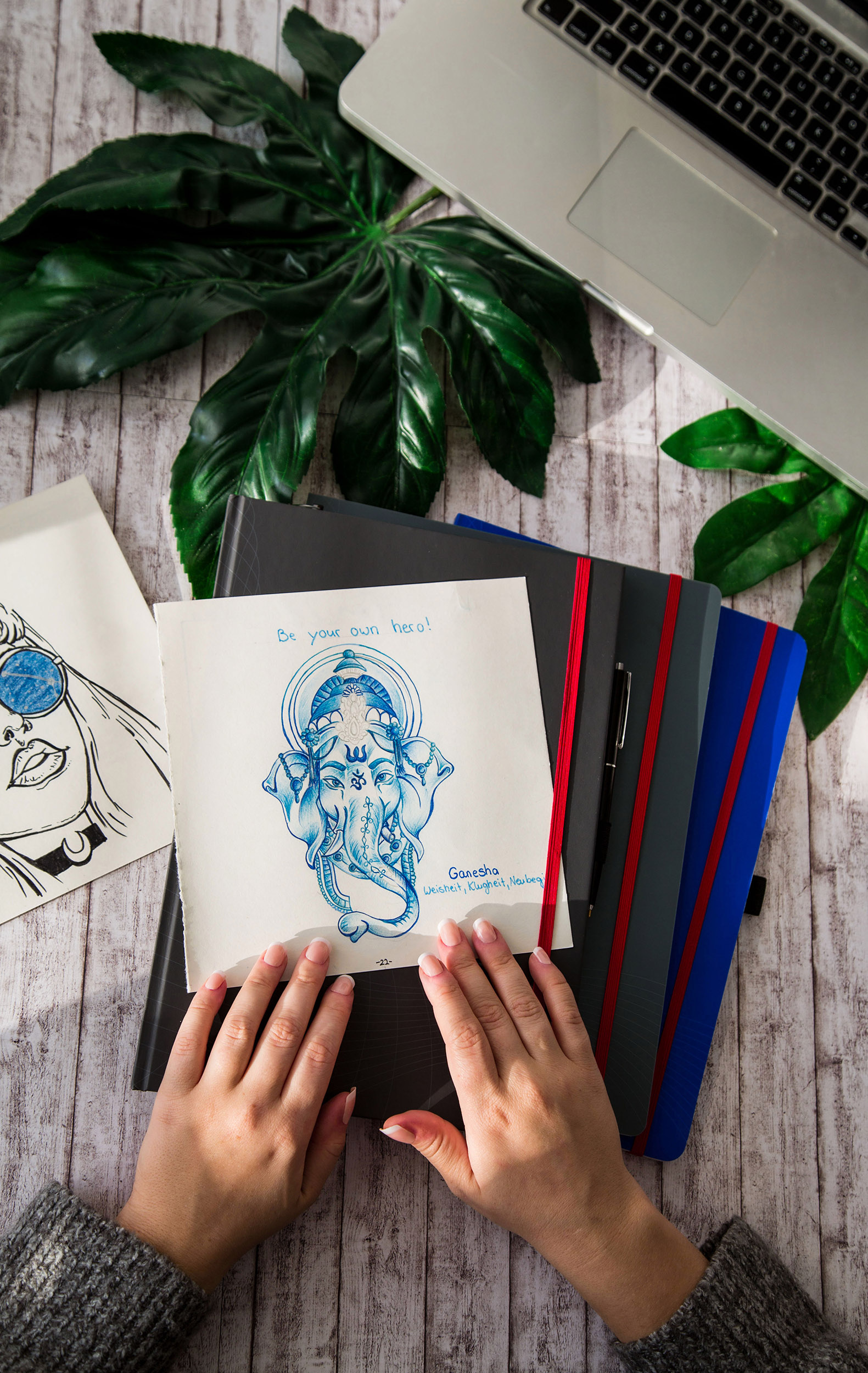
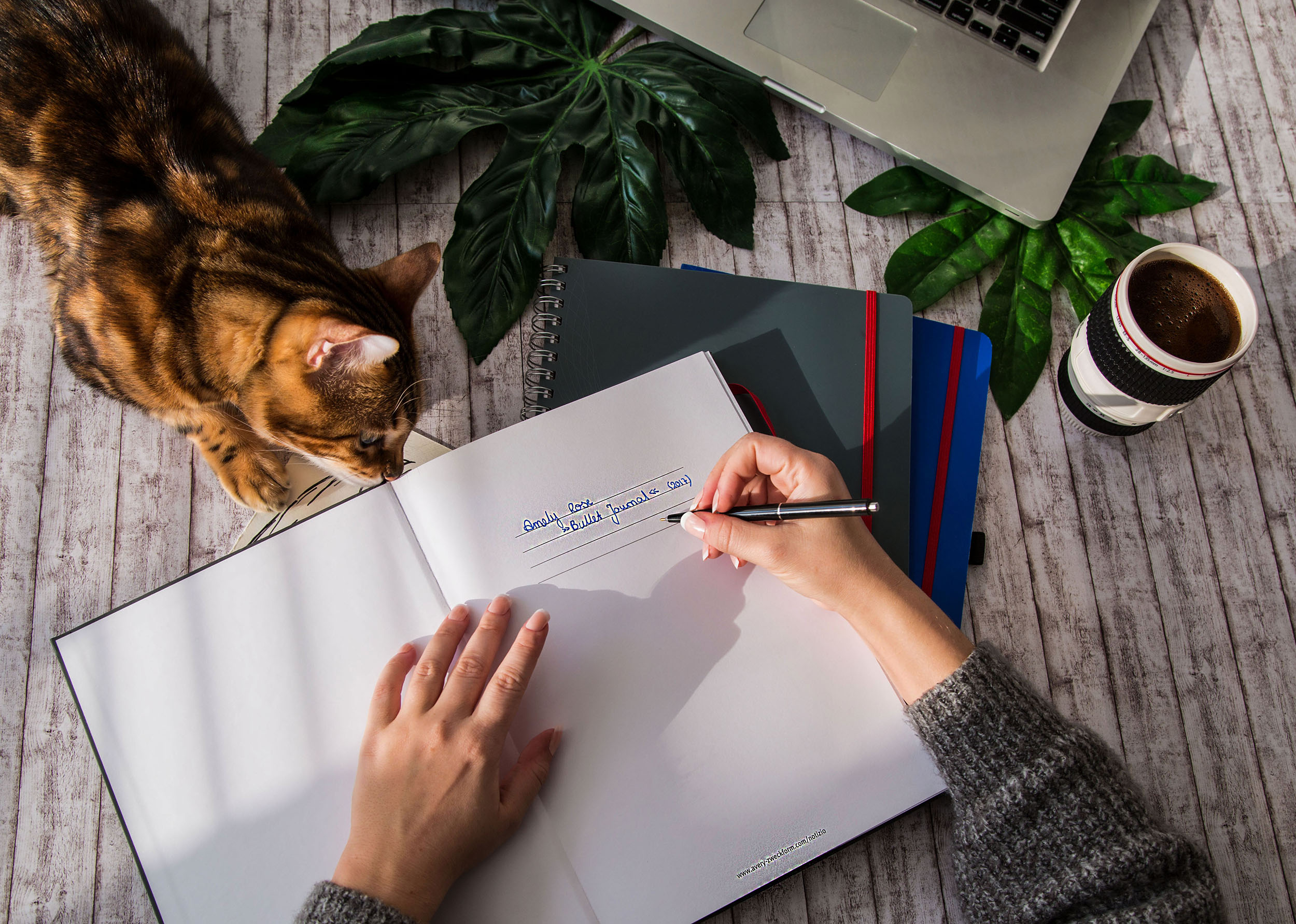
Post it notes everywhere, lost To Do lists (and if there’s nothing to do why not binge Netflix all day?), forgotten appointments, a fortune spent at the supermarket, because you just couldn’t find your shopping list…
Let’s be real, the life of a scatterbrain is a dangerous life.
Because while my friends and relatives think I have a grudge towards them, I simply forgot about their birthdays. Just like I forgot about my tax return, watering the flowers and just recently, almost about my flight to London.
By using nothing but paper and pen in order to boost your own productivity, actually and noticeably replacing bad habits with good once, bringing order to your calendar and even improving your creativity – and that’s supposed to work?
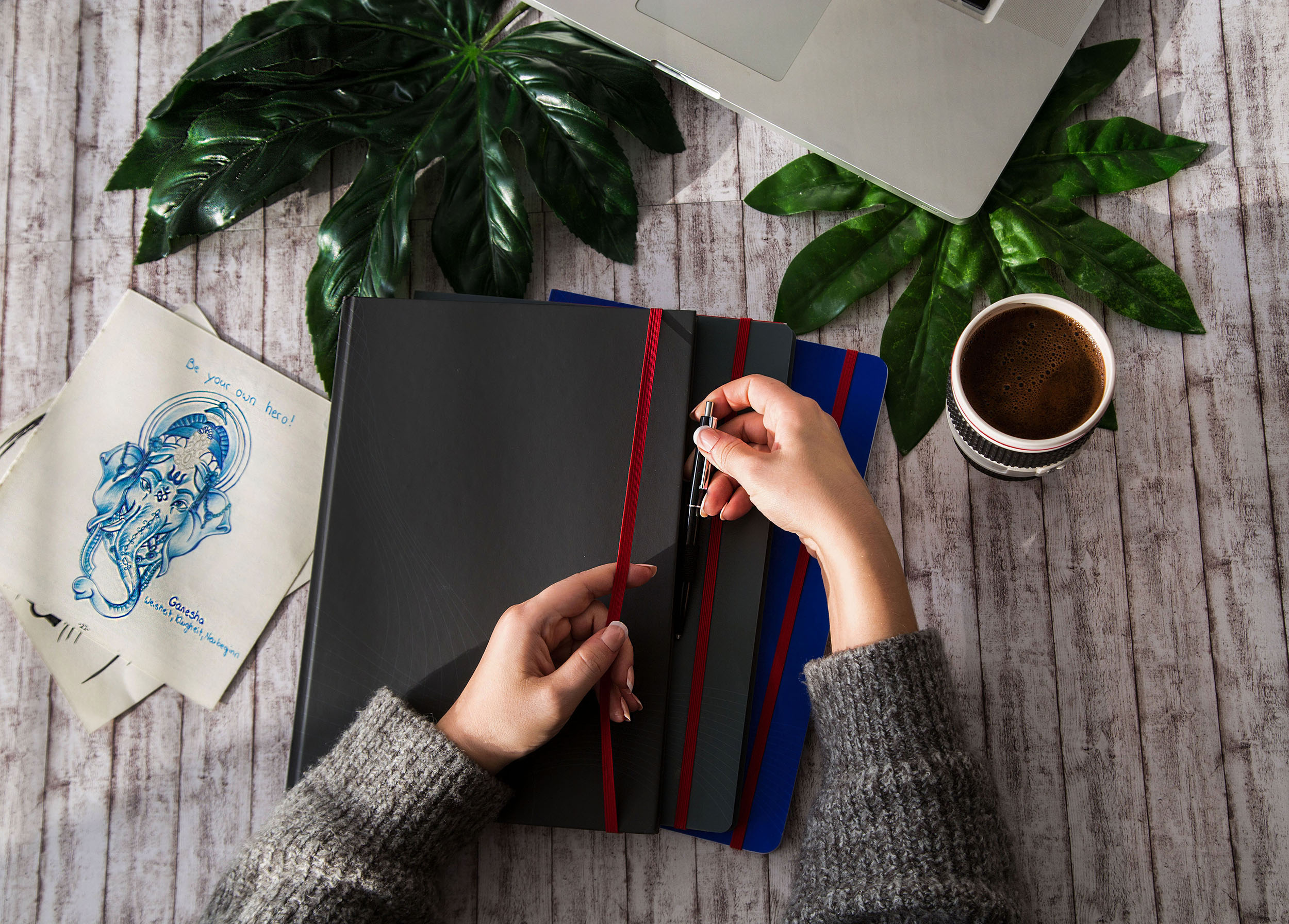
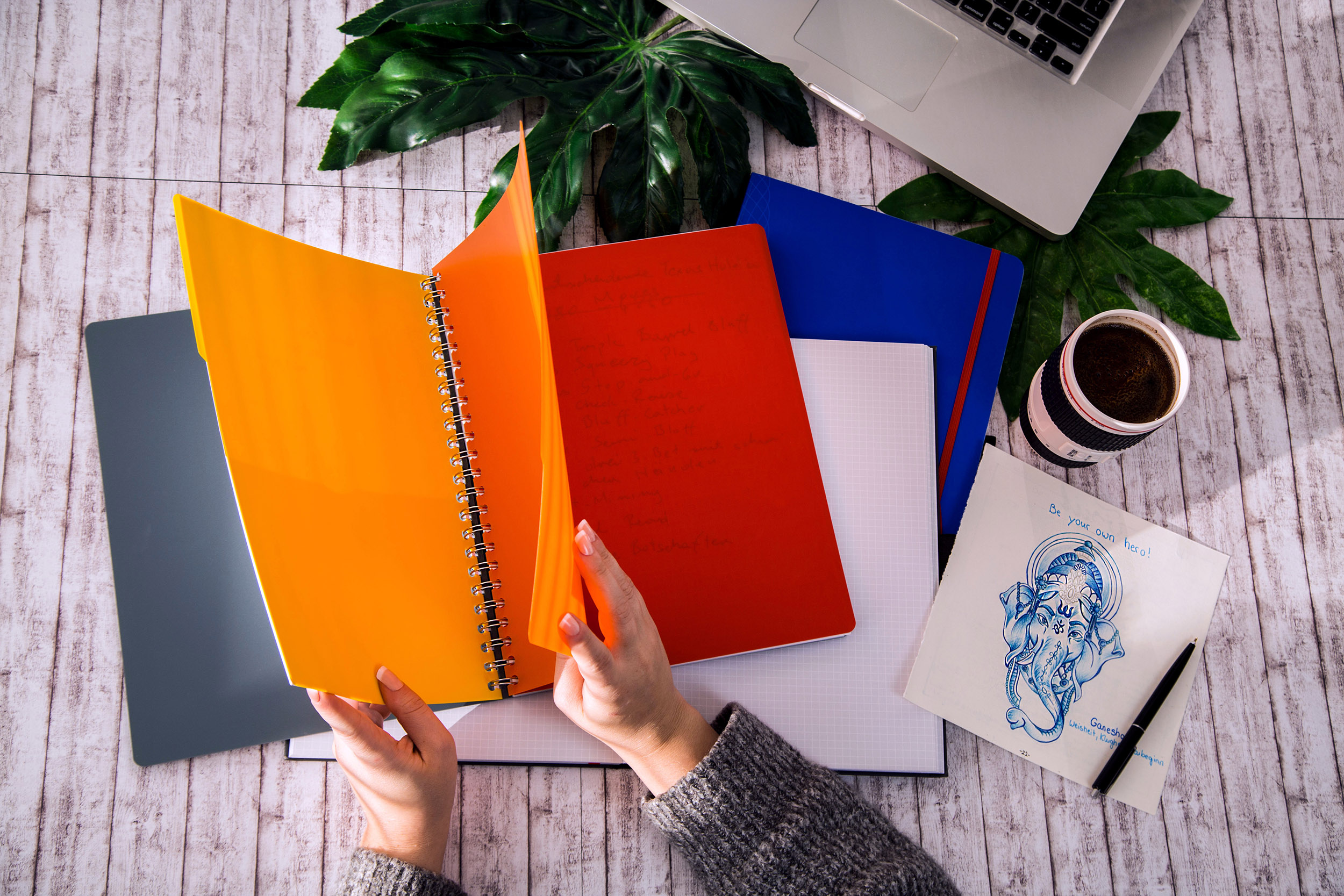
After the digital wave of productivity- and planning-apps the trend is going back to the analog: the Bullet Journal. Because if we’re being honest, who actually got something out of the habit tracker on your phone? Endless ads (that you cannot get rid of), precious space is being taken and with a phone in my hand… I’ll have a hard time being productive anyways.
Bullet what?
The inventor of the Bullet Journal, Ryder Caroll, a New Yorker product designer brings it to a point: “The analog system for the digital ages”.
The trend from the USA is absolutely addicting, but what exactly is “bullet-journaling”? It’s a creative way of structuring your life. To lead annual, monthly, weekly or even daily calendars. At the same time it’s a diary, a financial planner, Habit Tracker, sketch book, blog and planning help for social media, documentation, To Do list archive, sport- and diet-plan, learn adviser, timetable, bucket list and and and…Everything at once.
It’s a unique, for your needs flexible planner, where all your creative ideas will find a place. With the help of this organizer you can re-create yourself from month to month, week to week, day to day.
And in the end you’ll have book with all your memories. Collect them.
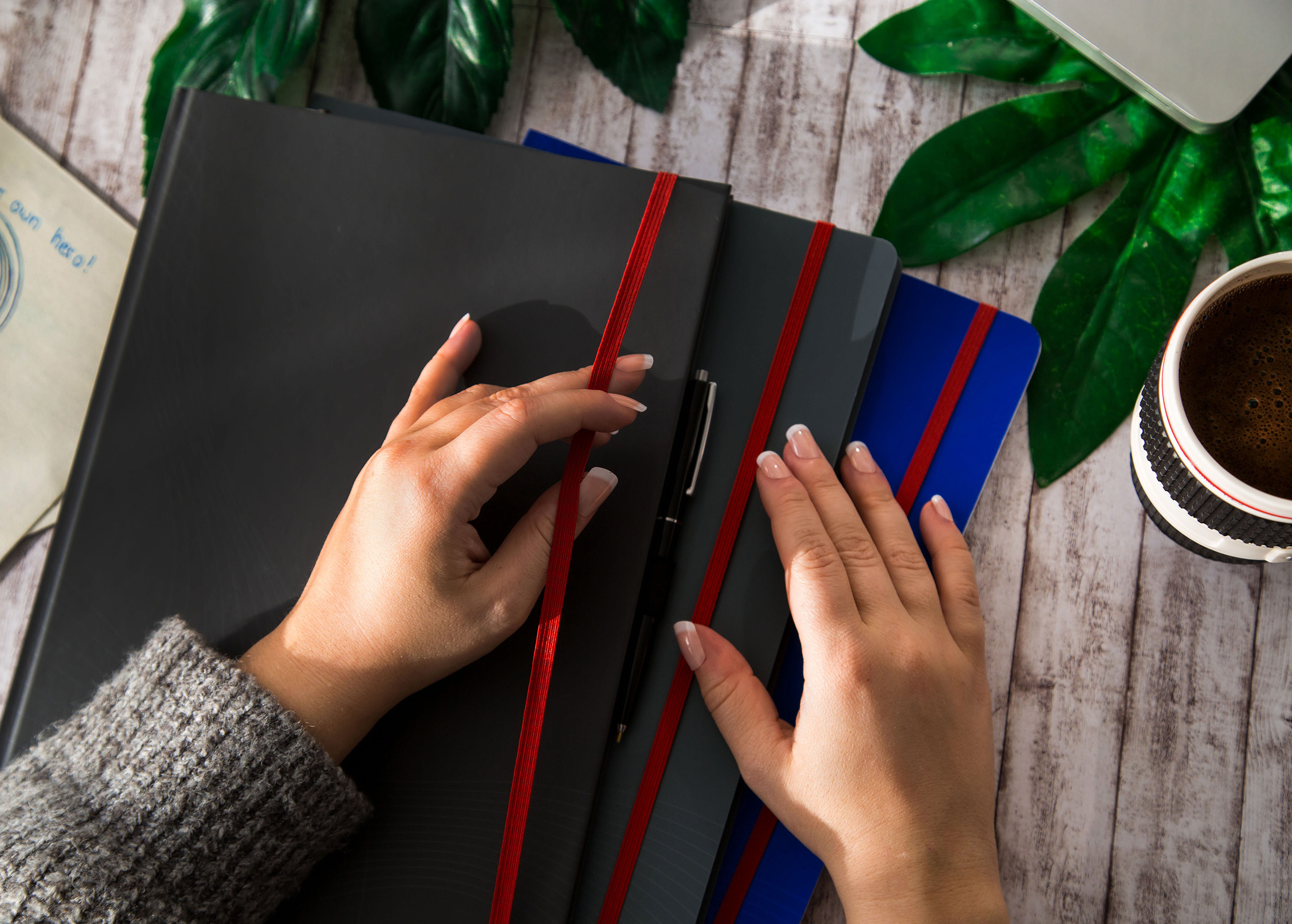
Boost your Productivity
What do you need to start your Bullet Journal?
Other than a notebook and a pen – nothing.
You don’t really need anything but a notebook and a pen. (Though I would go crazy without a ruler, and I like to work with colors.)
There are no rules to your Bullet Journal. No matter if it’s lined, blank or dotted. I prefer the squared version. And for you to check off your shopping list directly online, here are my favorites. You’ll find everything you need at “Avery-Zweckform”.
It has office needs with quality. You can print everything you could imagine. Their range offers more than 1500 articles in order for you to live out your creativity whilst being professional.
In 2012 the “Notizio” was released on the market, a notebook perfectly for your Bullet Journal. The big, high-grade books make a great companion for other topics, like your finances or your university life.
The plenty versions, each different in small detail, guarantee that there’s a notebook for everyone. White lines and squares on light grey paper offer orientation, without being in the way of your writing.
“Avery-Zweckform” even goes a step further – because the guide lines are almost invisible if you’re scanning or copying your pages. I’m using the checkered hardcover notebook in an elegant black. It has the advantage of having very smooth and ink-proof paper, giving highest writing comfort. Another plus is the high-grade binding. The notebook lays flat from the beginning on, ideal for those that are not keen on breaking their books’ spine.
Another favorite is the notebook with lopsided columns. Perfect for very clean notes and drawings. I am in big favor of the closing hatch, keeping the book shut so no loose pages fall out. Another specialty is the small enfolded paper bag inside. You can easily store business cards or receipts in there. This notebook comes in an elegant black as well.
Or as a softcover version in a nice blue.
If none of this is for you, and you’d rather use a regular calendar, you’ll find something in the store, too. Just have a look at these amazing planners.
To round it up perfectly, you’ll find an assortment of pretty stickers as well. A great alternative for those with too little time to personally design their pages; or insecure about drawing themselves. I use them to count the pages and highlight priorities or single tasks. It’s fantastic, eye-catching and easy.
For the real artists beneath us, I have one last tip. I noticed, that whenever I am in a strong mood for crafting, I won’t stop at a notebook. If you want to personalize your entire flat, there are even décor-and-living-elements for that.
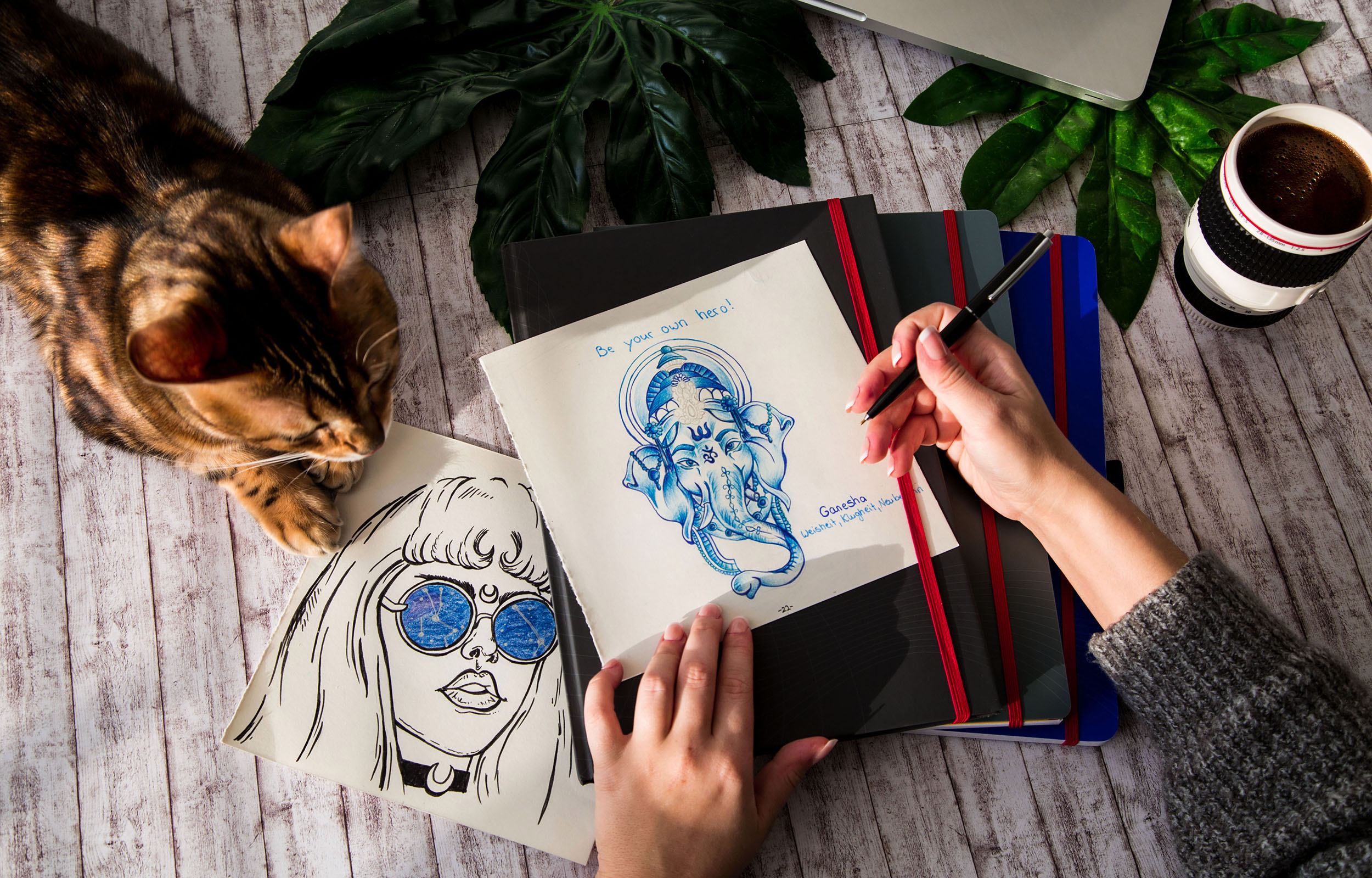
How To Bullet Journal
The small catch with this whole thing is that you’ll literally feel overwhelmed with everything. I felt that there’s a big secret around the trend of the Bullet Journal. There seem to be so many rules you have to follow, plus the question if there’s anything between the love for handlettering and #studygram you might’ve forgotten. I read so many instructions and can reassure you.
It’s so much easier and you can start directly with the motto of “re-inventing yourself with each page.”
So here are the basics.
The Key
The key is elementary for the Buju. It’s an overview of the symbols and the heart of my secret of productivity. It’s what tells me precisely, what tasks I’ve been avoiding for weeks. Awkward!
I decided to stick to the common symbols:
A square for each individual task, a cross for marking it as “done”. A comparison sign (“>”) marks tasks I had to postpone. Each time I pushed a task, I got a “>”. Try to finish the job before the third sign. And no cheating! 😉
Cross out events or tasks that are done. A circle marks my appointments, a small dot resembles my notes and thoughts. Small, colorful stickers highlight the importance of something. And a drawn light bulb shows ideas.
You can be as free as you like with your own key.
Contents
The first few pages of your Journal should be reserved for the index. (I used a double page for this). It’s for your orientation within the Bullet Journal, to have an overview of everything. Don’t forget to number the individual pages! 😉
That way you can directly find your “Movies to Watch” list, for example.
Overview of the Year
Those that are extra precise can divide this category again and add a “future log” with personal goals, or projects that deserve a little more attention. Because in its core, an annual overview offers a rough summary of the year. Each month gets about a third of the page. That’s where to main appointments, events and plans go. And don’t forget the birthdays of your loved ones! 😀
Important Logs
The overview follow more logs. I design a cover for each month and add a small summary of it, writing down the goals for the following week, dividing it into parts. It’s more detailed than the annual overview and gets an entire double page.
I get more into it in the Weekly Logs. I note down important dates and my daily work out.
If you like it even more detailed, or if you need daily To Do lists like me, I recommend making a Daily Log instead of a Weekly one. Each day gets its own page, with every single task, idea, meeting, etc.
Additional Content
-
Notes and space for sketches
-
Shopping lists
-
Travelbucketlist
-
Habit Tracker
-
Timetable / university courses
-
“My Year in Pixels” (keeping track of your daily mood)
-
“Movies to Watch” / TV Show Tracker
-
Cooking plans / grocery list
-
Study Tracker
-
Diet plan
*very popular are lovingly created pages that encourage “positive thinking”, with motivating quotes or good memories
*thanks to “Avery-Zweckform” for the amazing notebooks.
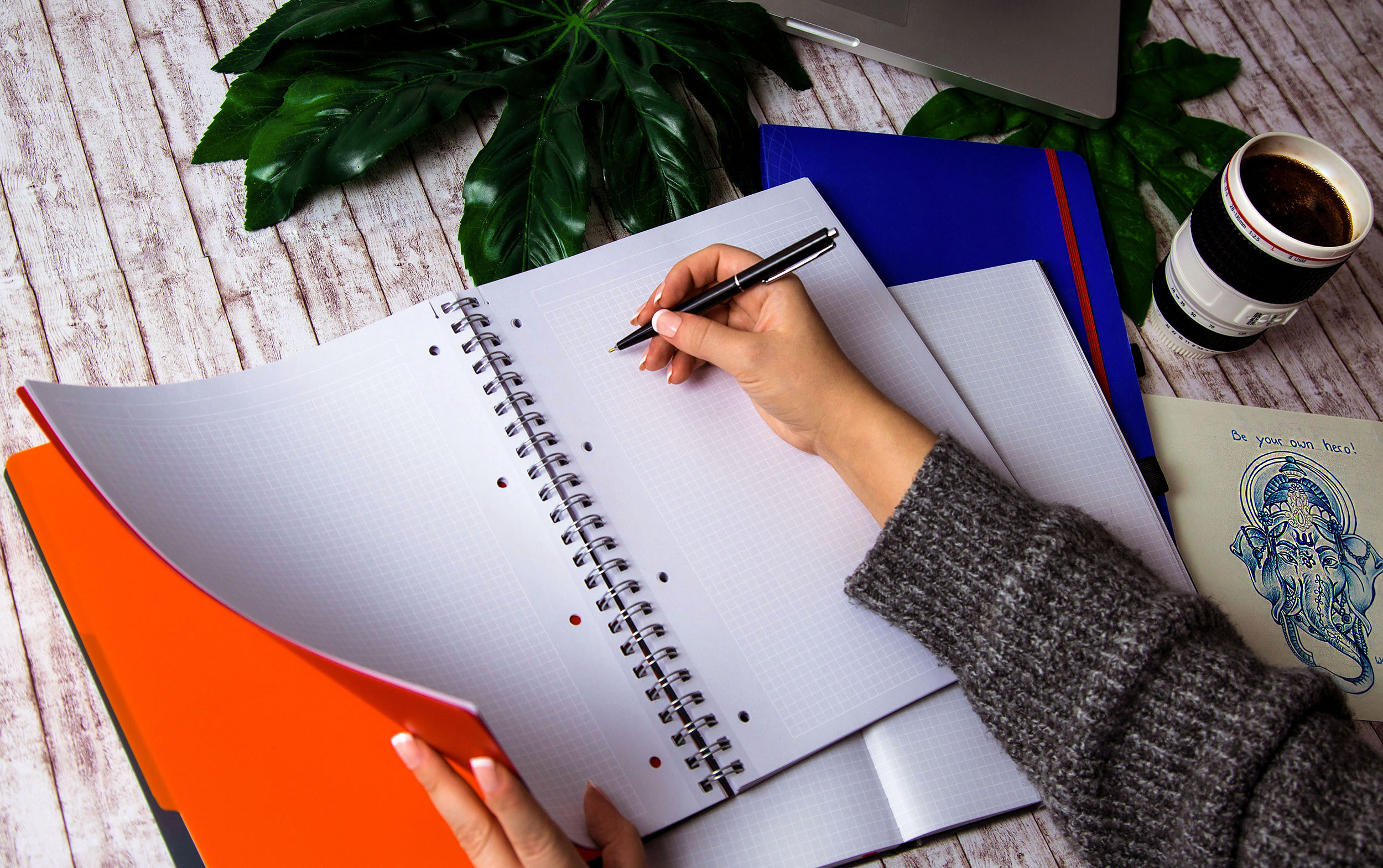
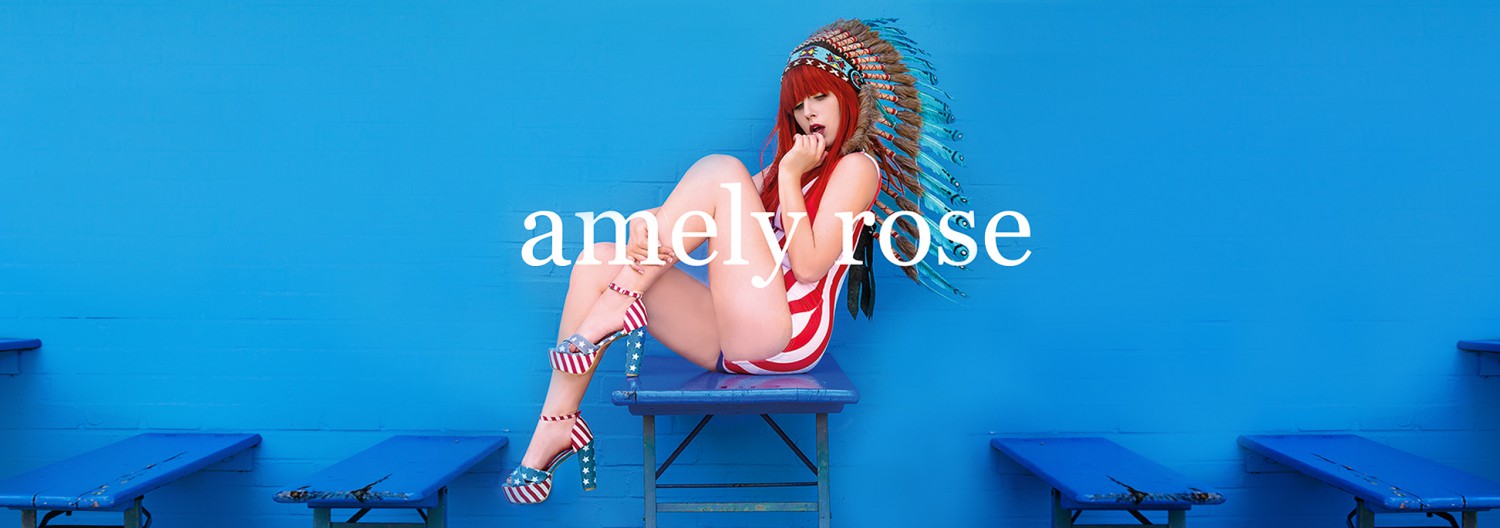
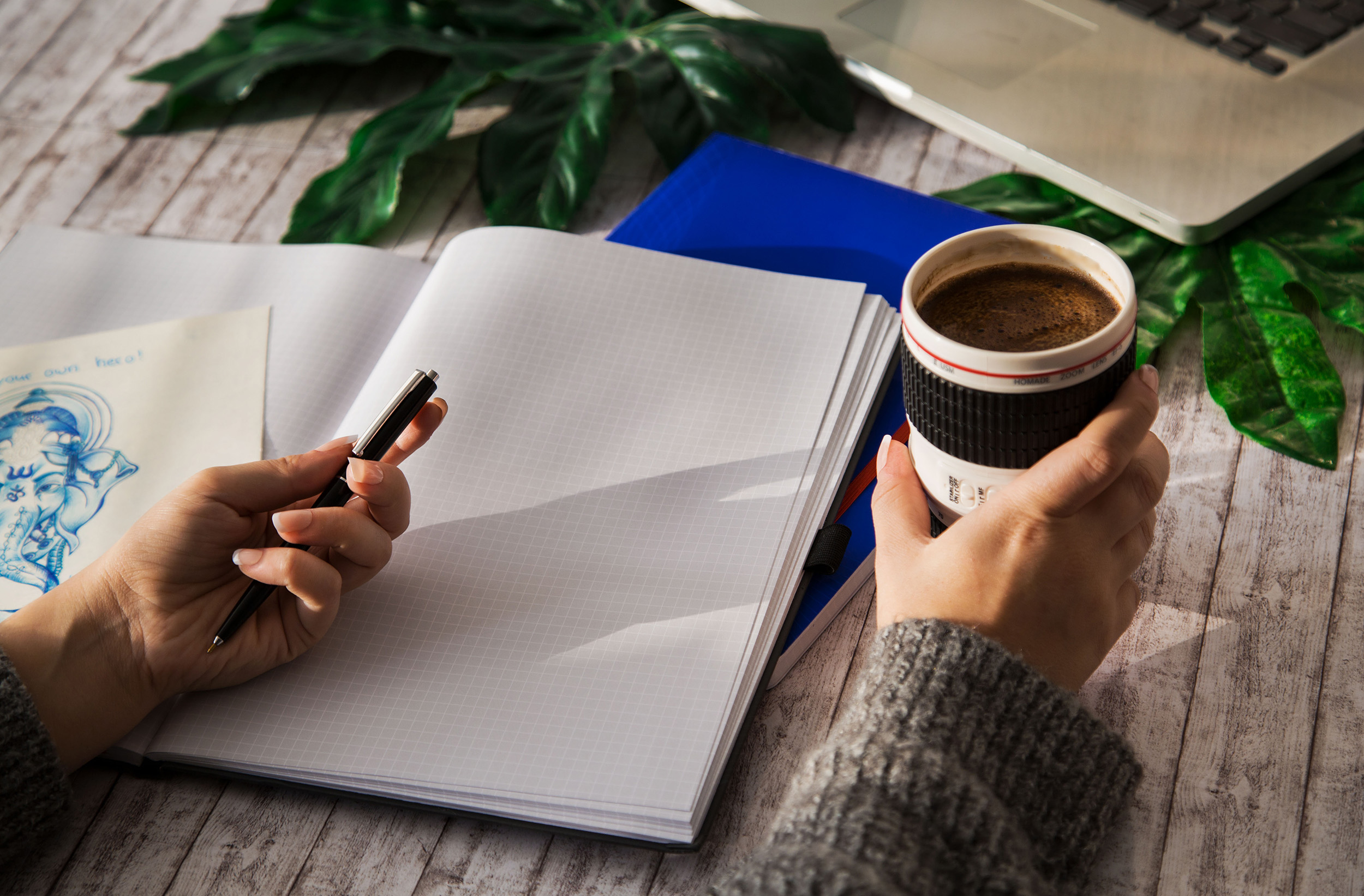

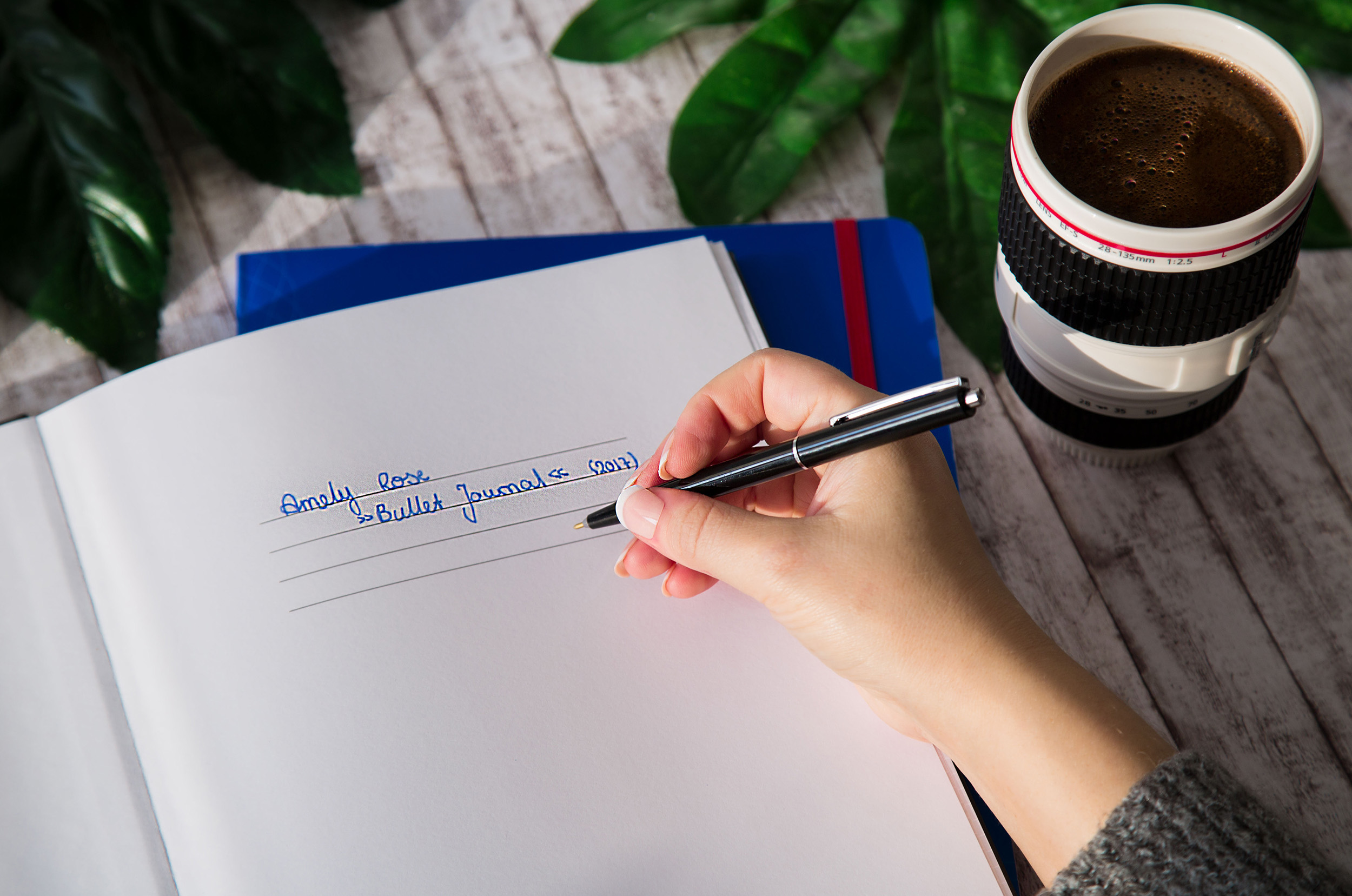

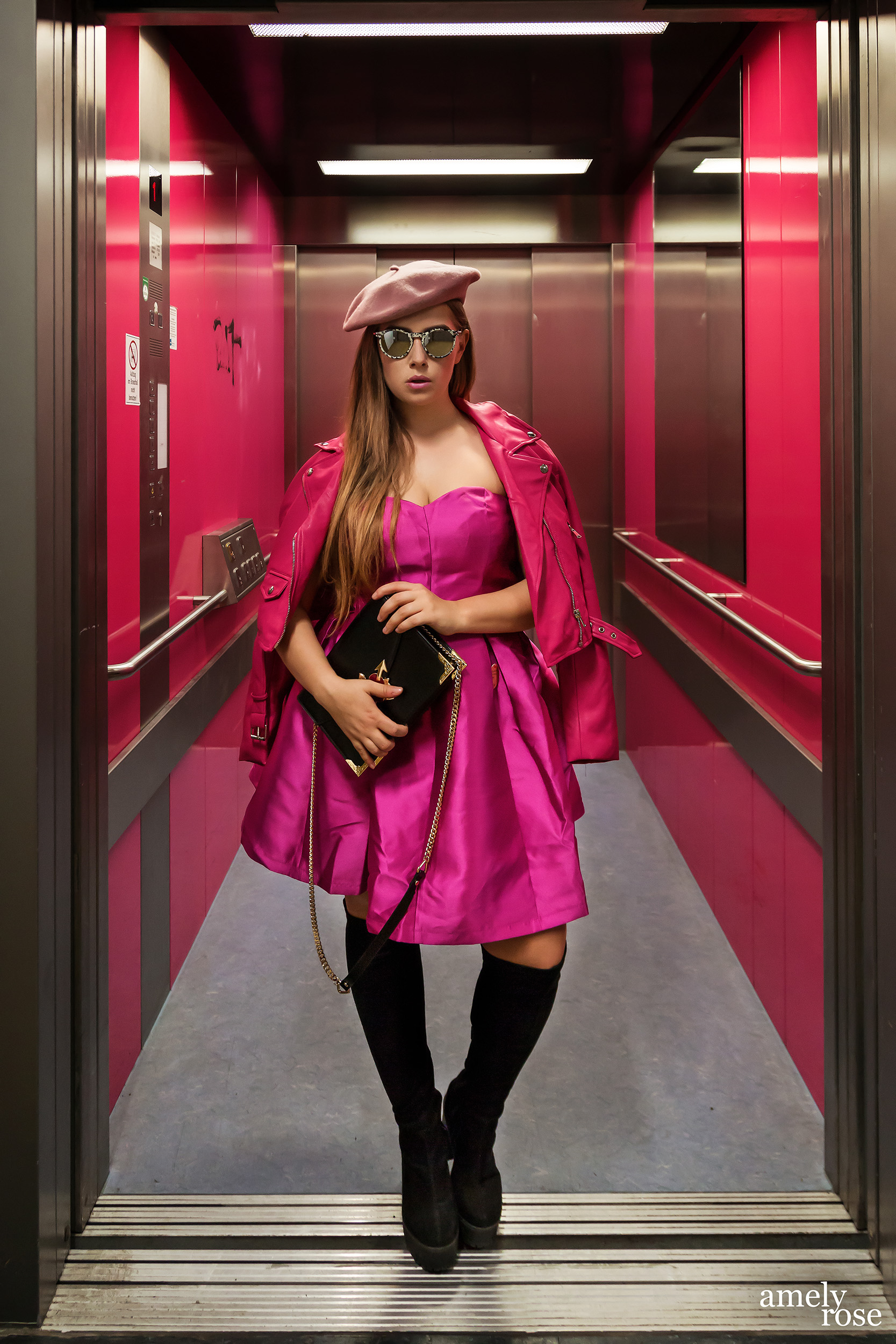
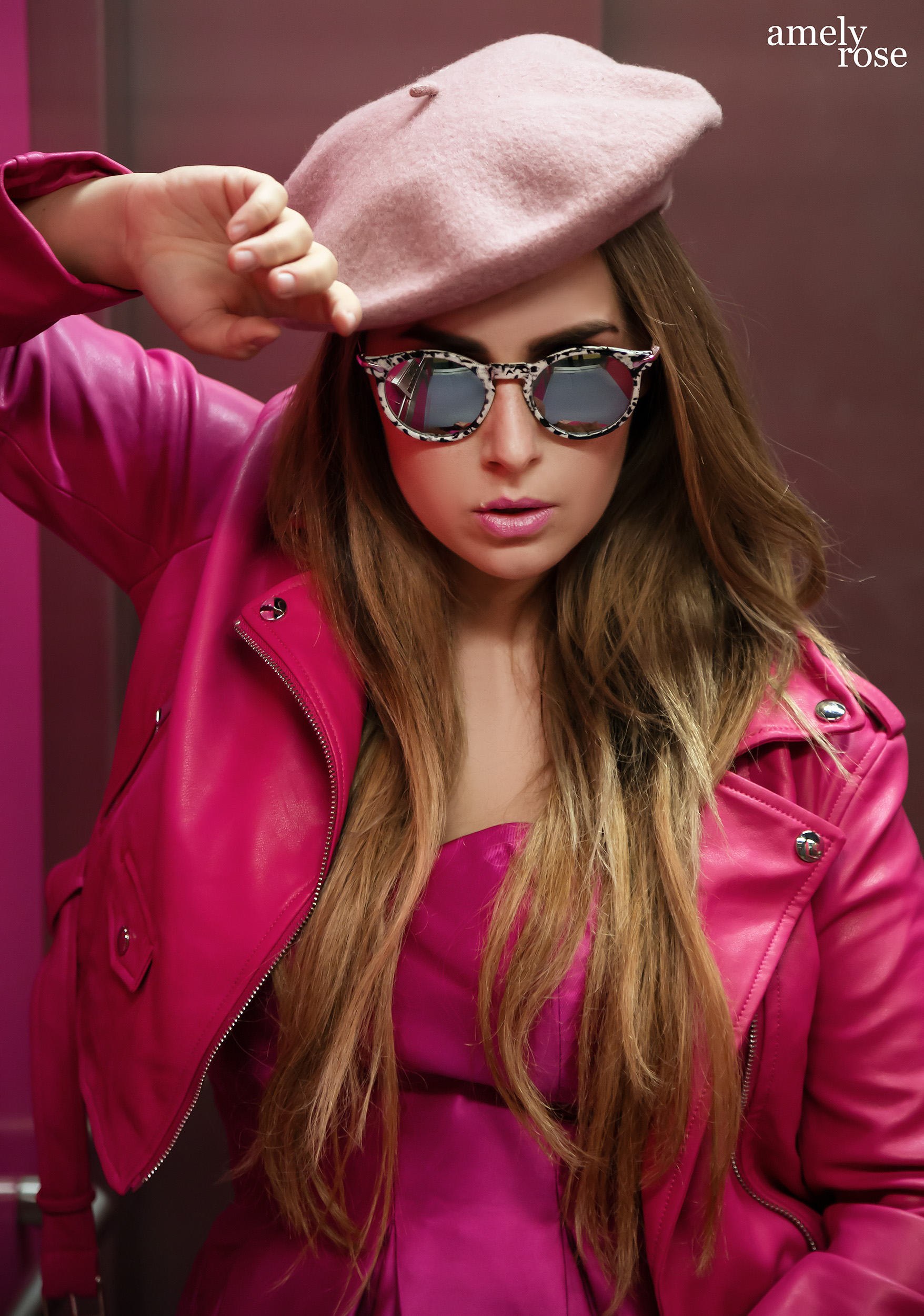
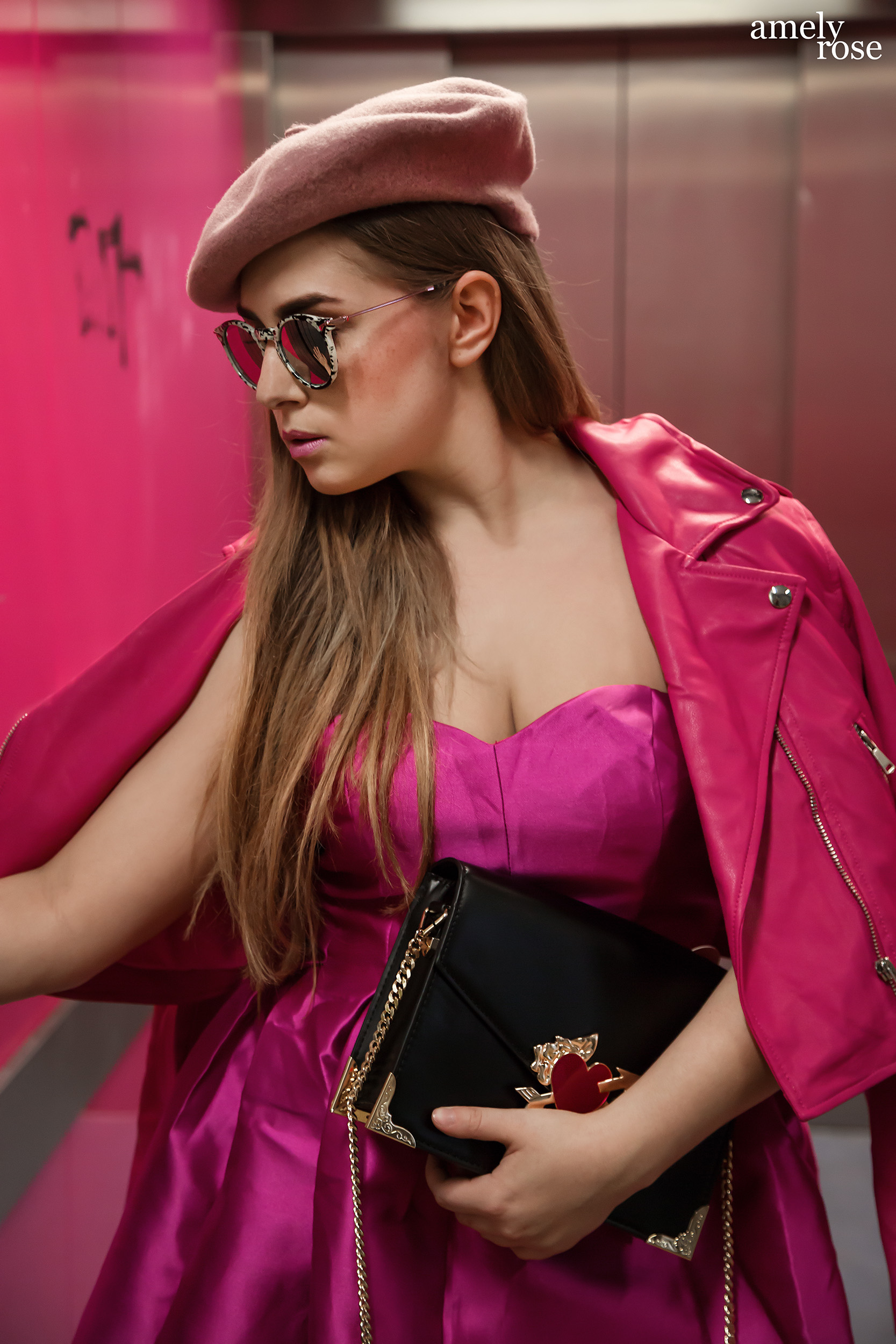
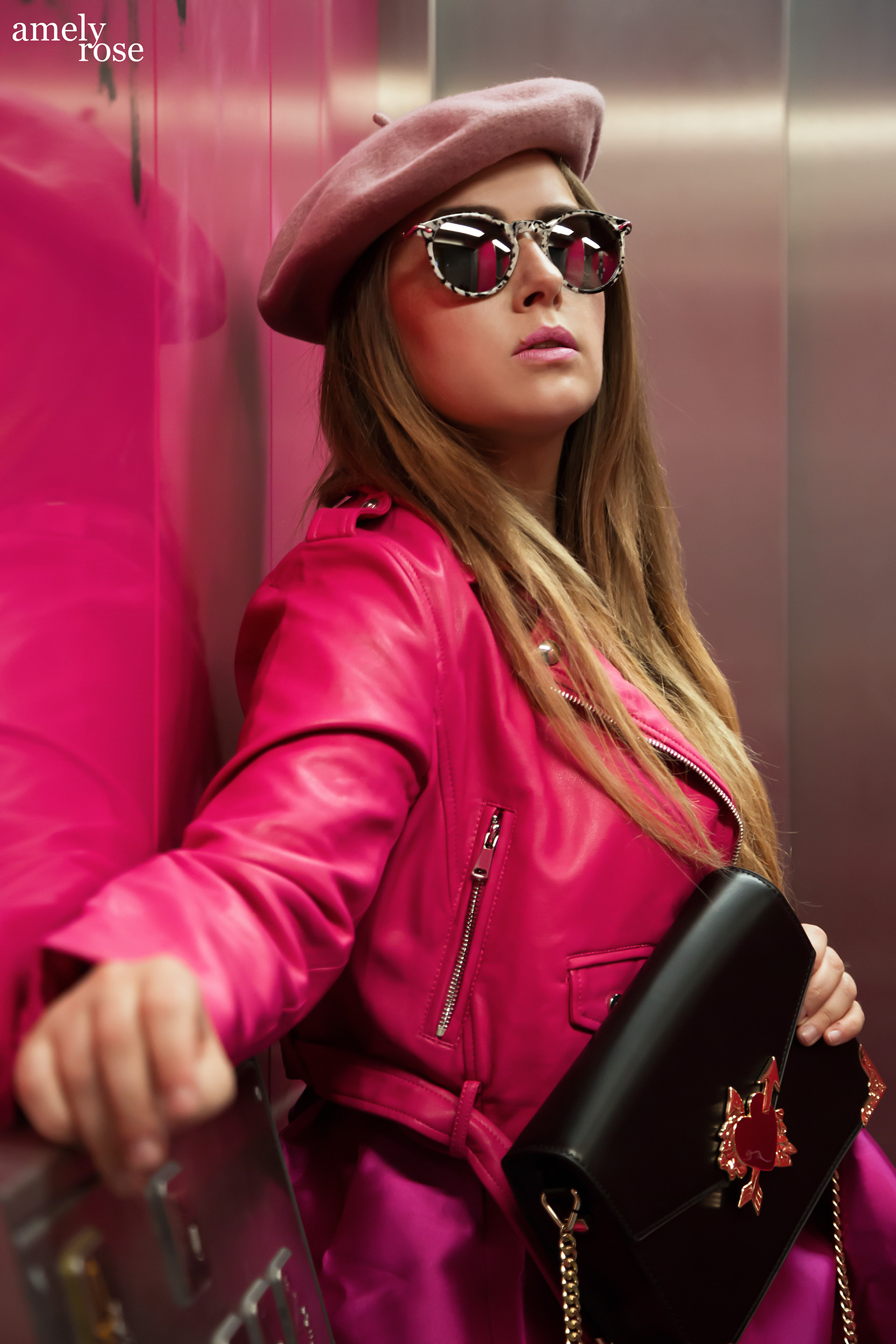
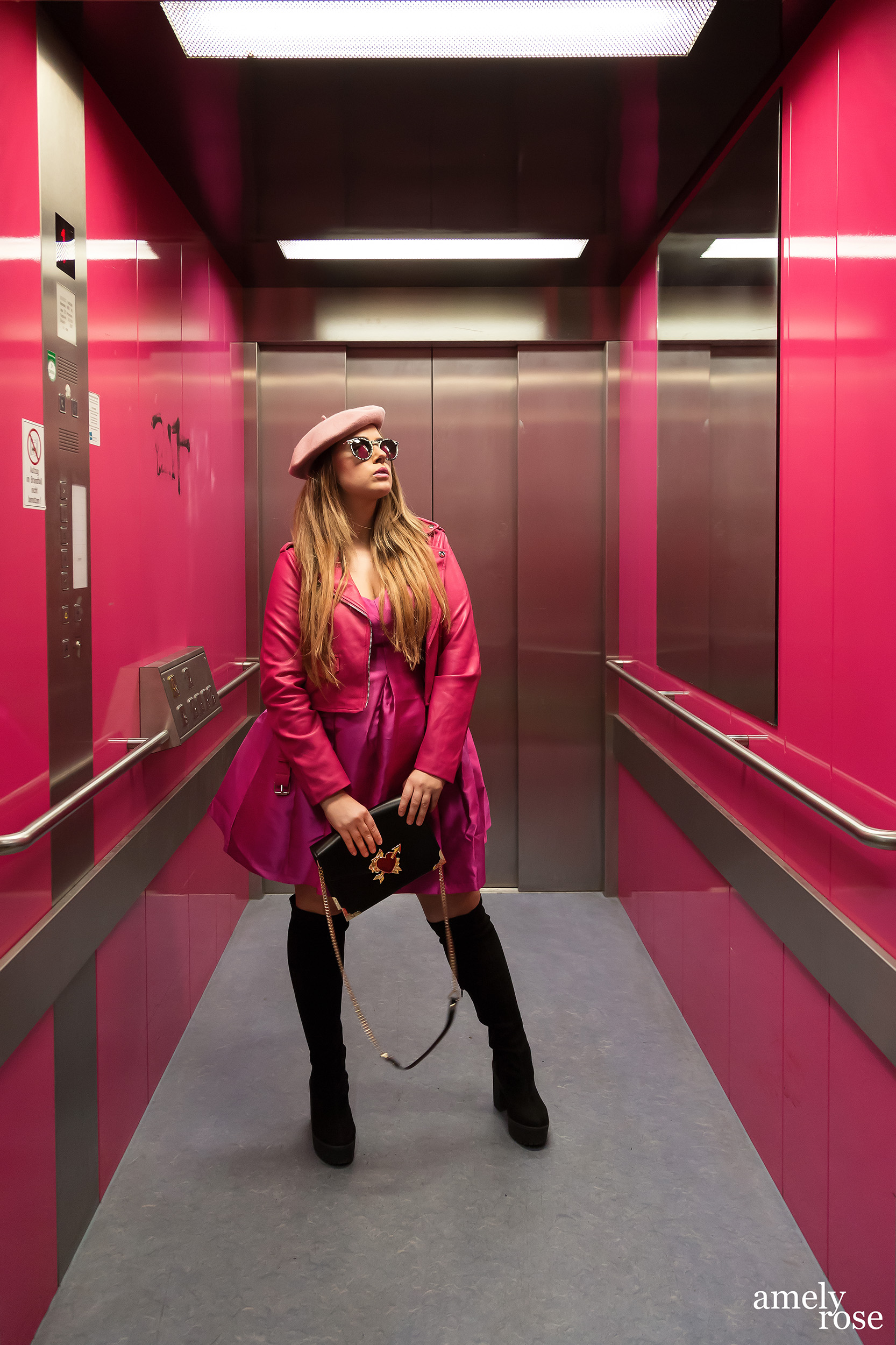
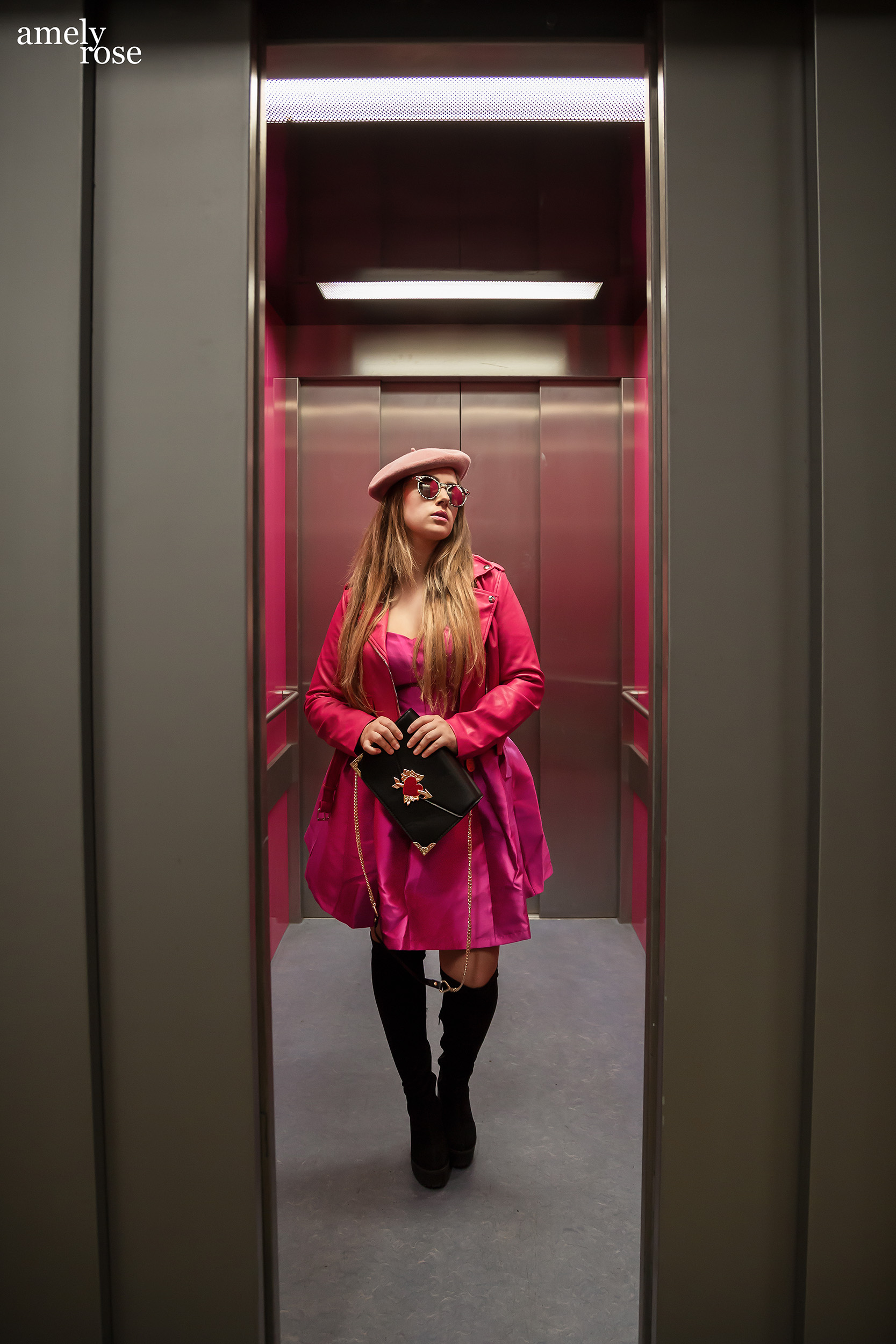
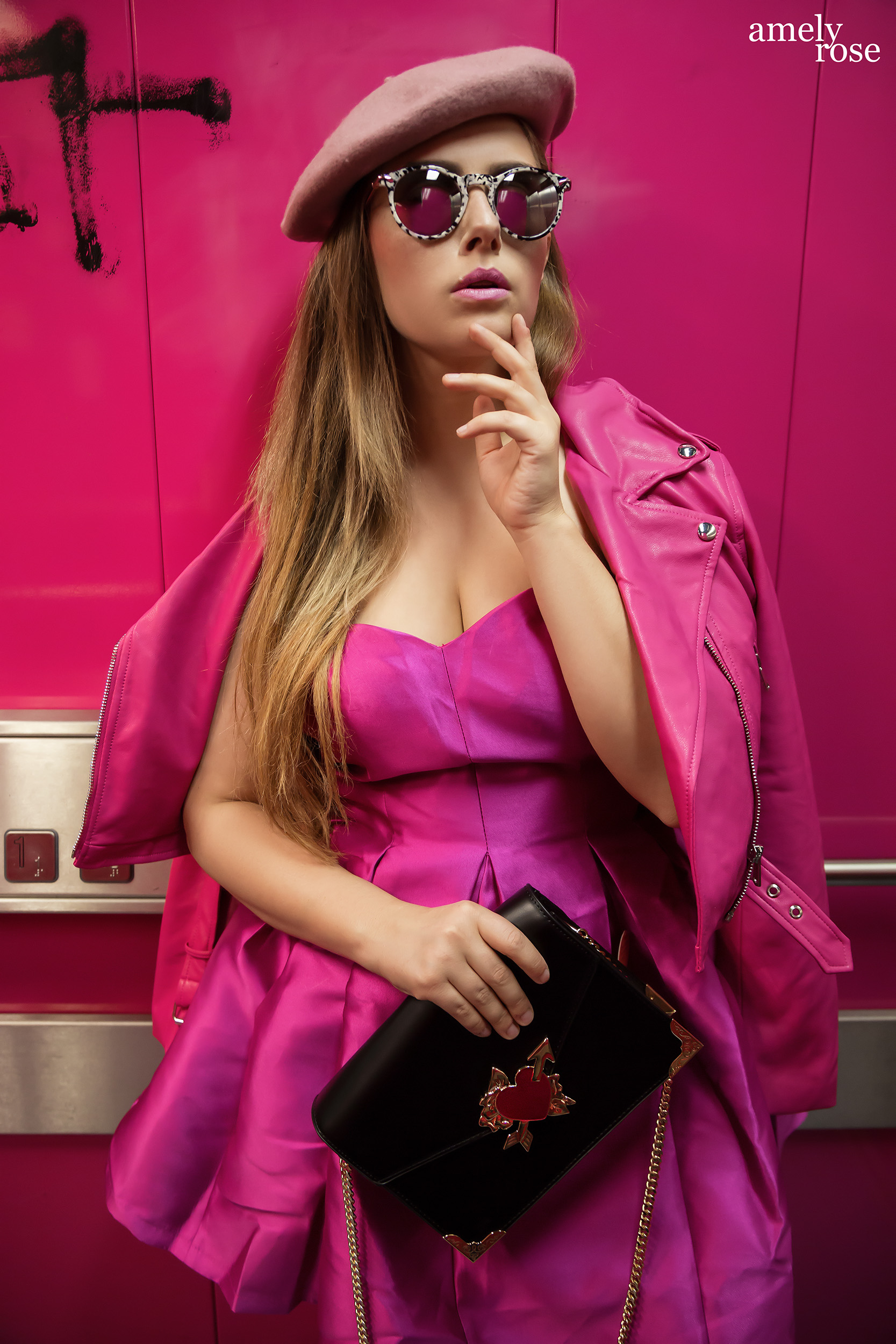

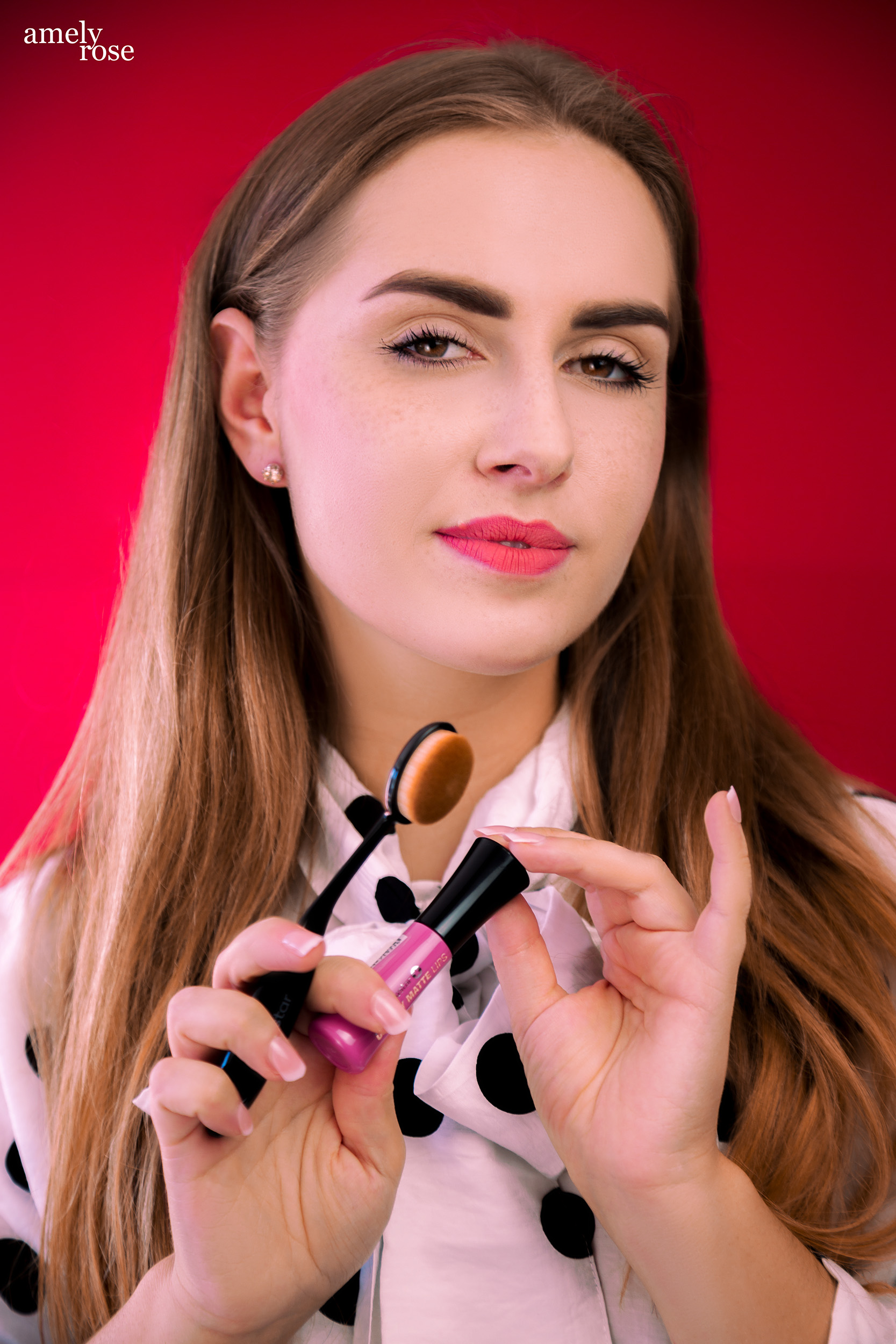 This post contains advertisment
This post contains advertisment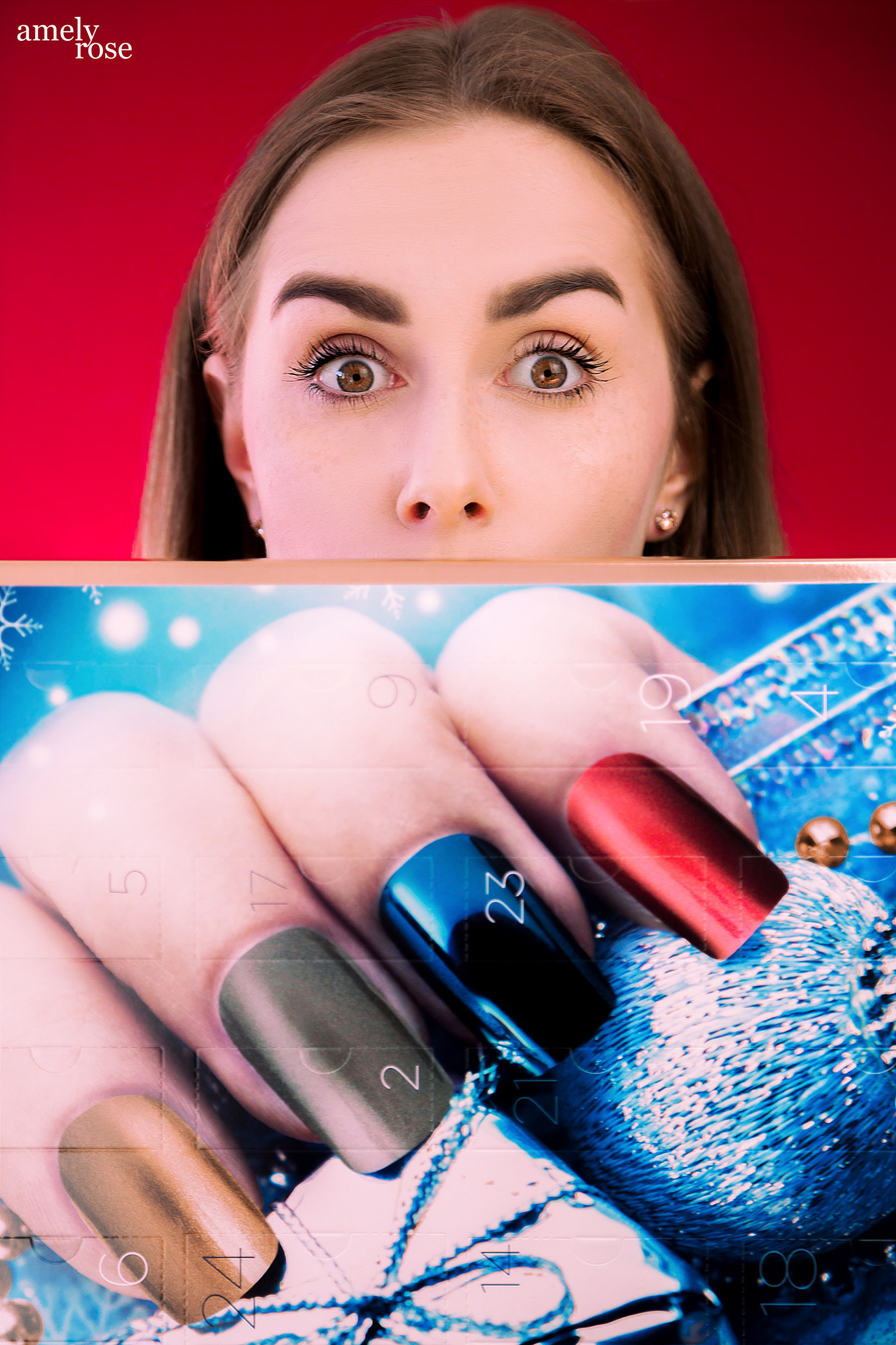
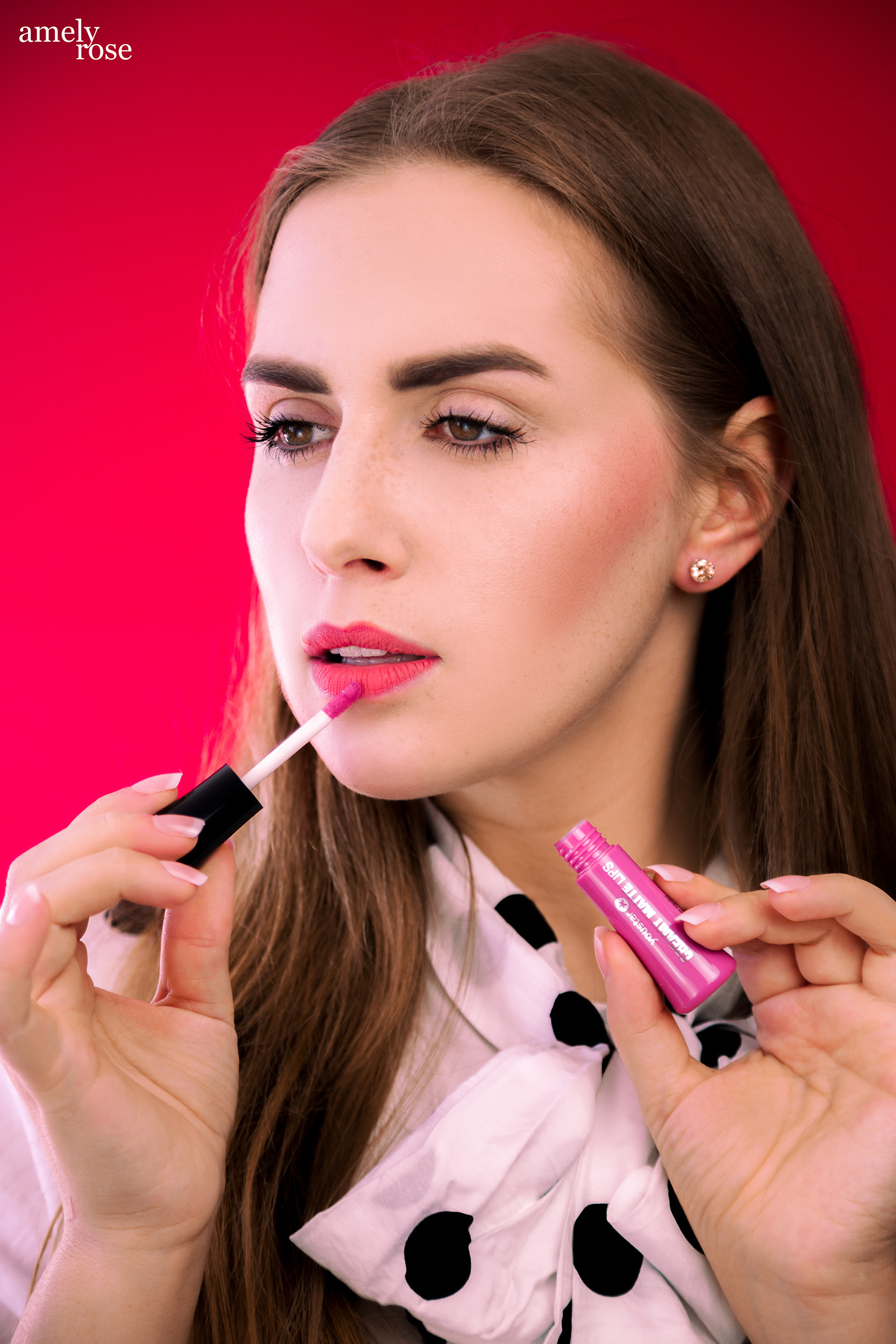


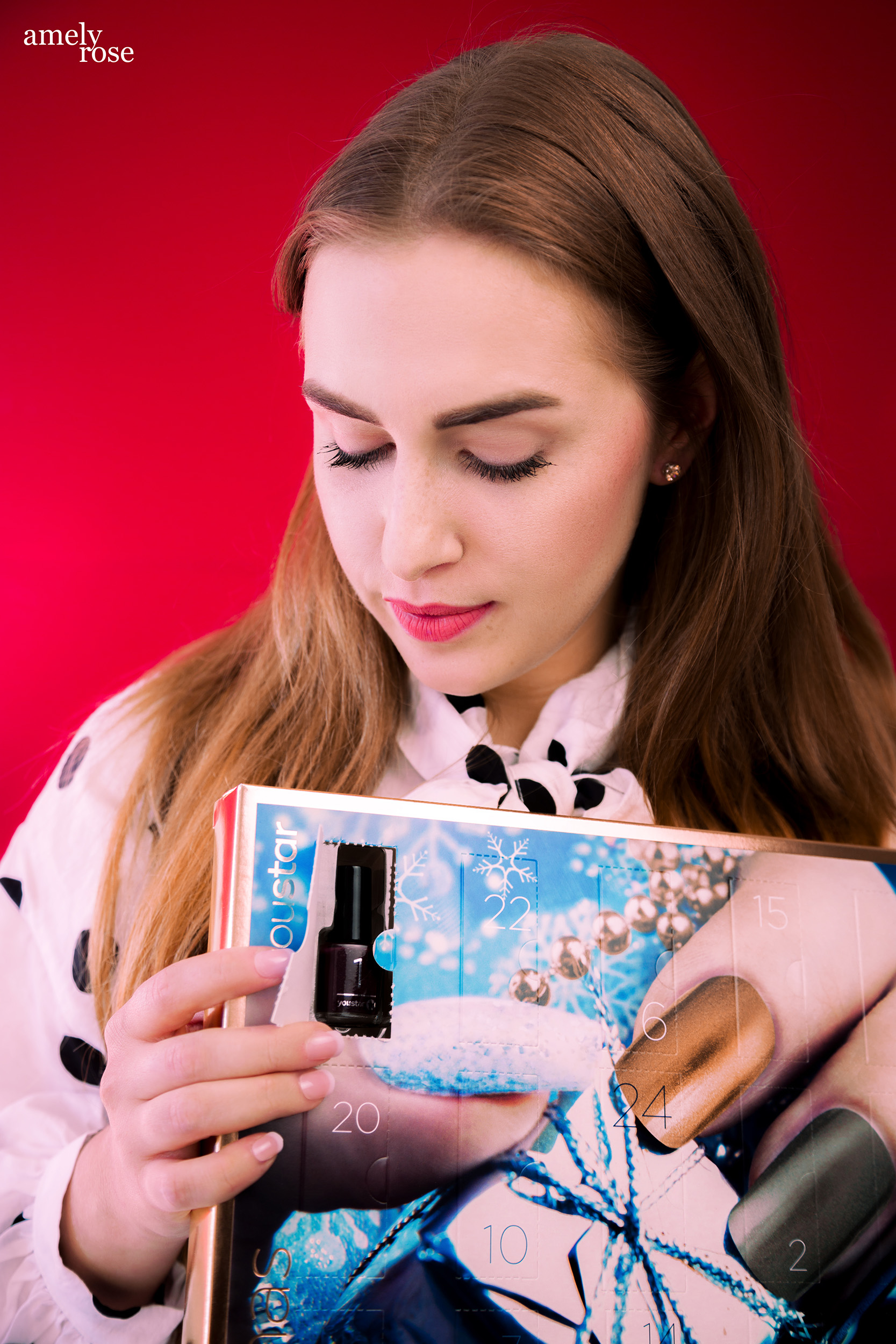
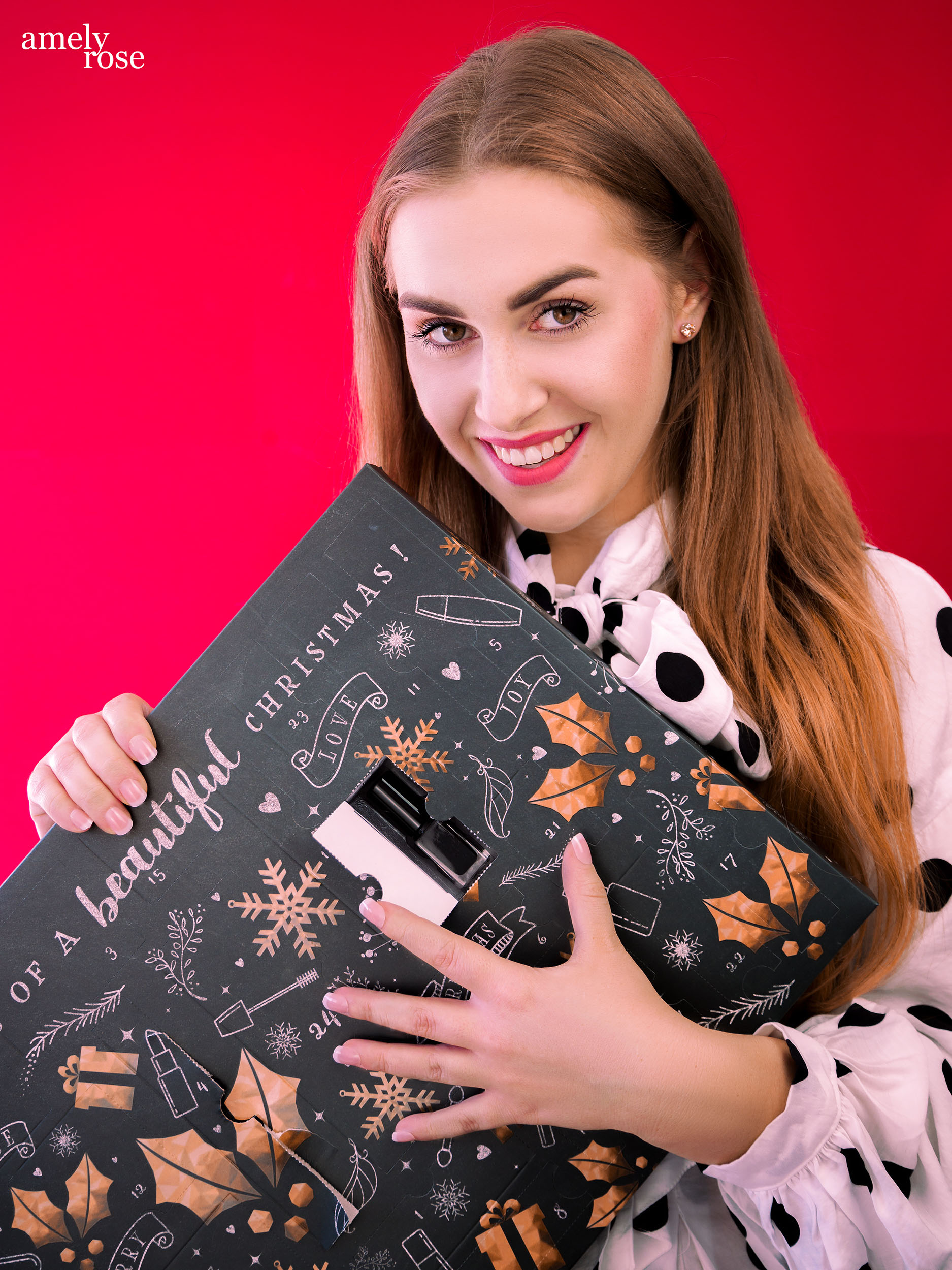
![[:de]ein Catwalk für unsere Katze Cat Walk | DIY Kletterwand[:en]a Catwalk for our Bengal Kitten - Cat Walk | DIY [:] [:de]ein Catwalk für unsere Katze Cat Walk | DIY Kletterwand[:en]a Catwalk for our Bengal Kitten - Cat Walk | DIY [:]](http://www.amelyrose.com/wp-content/uploads/2017/05/catwalk_cat_kletterwand_diy_catcontent_bengal_bengalcat_kratzbaum_cattree_katzenbaum_katzenzimmer_cathacks_katzenkletterwand-2.jpg)
![[:de]Roadtrip durch Island | the airplane crash [:en]Roadtrip through Iceland | the airplane crash[:] [:de]Roadtrip durch Island | the airplane crash [:en]Roadtrip through Iceland | the airplane crash[:]](http://www.amelyrose.com/wp-content/uploads/2017/06/amelyrose_amely_rose_iceland_island_is_modeblogger_modeblog_fashion_fashionblogger_redheels_girl_in_heels_woman_in_heels_influencer_travel_.jpg)
![[:de]Fett bist du geworden – mein Leben als plus, plus, plus size Model[:en]you've got fat! my life as a plus, plus, plus size model[:] [:de]Fett bist du geworden – mein Leben als plus, plus, plus size Model[:en]you've got fat! my life as a plus, plus, plus size model[:]](http://www.amelyrose.com/wp-content/uploads/2019/01/stockholm_schweden_sweden_amely_rose_amelyrose_fashion_winter_winterlook.png)
![[:de]Haare färben mit Leichtigkeit | Biokap Haarfarbe im Produkttest[:] [:de]Haare färben mit Leichtigkeit | Biokap Haarfarbe im Produkttest[:]](http://www.amelyrose.com/wp-content/uploads/2018/12/beitragsbild-amelyrose-amely-rose-amely_rose-amely-rose-beauty-beautyblogger-biokap-nutricolor-loonghair-gesunde-haare-.jpg)